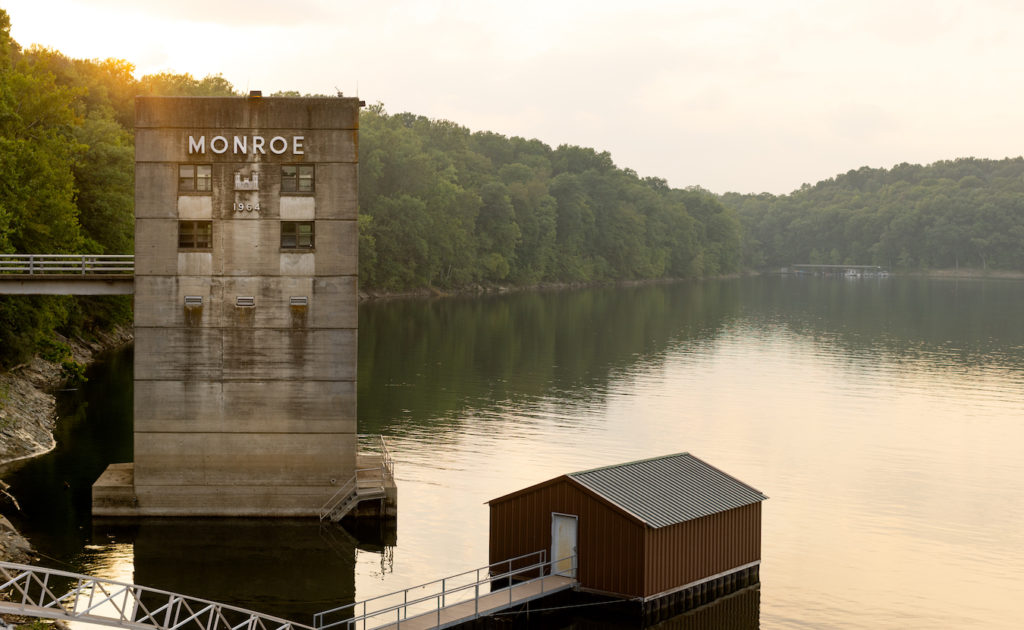Podcast: Play in new window | Download (Duration: 4:44 — 4.4MB)
Subscribe: RSS
This is Deep Dive: WFHB and Limestone Post Investigate where we look into issues regarding Health, Housing, and the Environment that directly impact residents of Monroe County. We are looking into the Lake Monroe Watershed and the water quality. This week, we look into ways the watershed is naturally protested by wetlands and forested areas.
One of the biggest threats o the Lake Monroe reservoir is sediment accumulation at the bottom of the dam. As mentioned in episode 2 of our Deep Dive coverage on the Lake Monroe Watershed, 38,733 tons of sediment enter the lake annually and 3,037 tons exit the lake, leaving 35,696 tons stored in the lake, according to the Lake Monroe Watershed Management Plan. Michelle Cohen, executive director of the Lake Monroe Water Fund, explained that reducing the amount of incoming sediment would increase the lifespan of the reservoir.

reservoir through the dam, the rest of Lake Monroe has become a valuable resource for drinking water, recreation, industry, wild habitat, and other uses well beyond its
watershed. Photo by Anna Powell Denton.
***
To read the full article written by Michael Glab and photography by Anna Powell Denton, visit Limestone Post Magazine dot com. To submit feedback to WFHB you can email [email protected] or you can leave us a voice mail at 802-552-3483.



